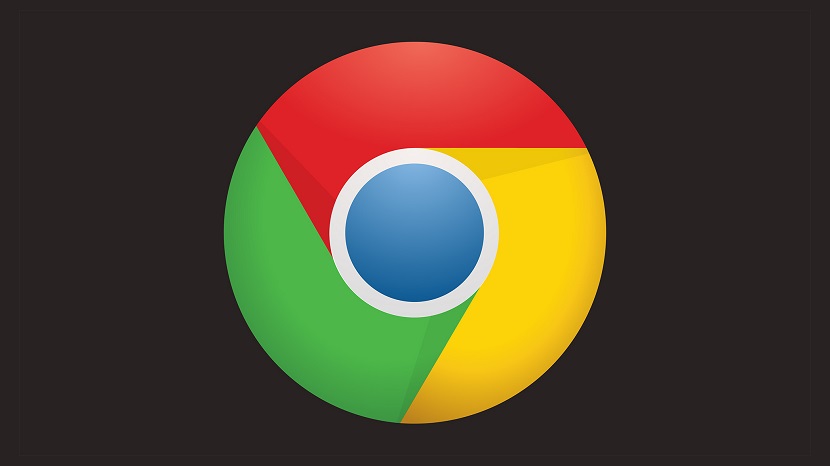Google Chrome might integrate Ad Blocking feature

Last week, The Wall Street Journal, TechCrunch and various other news sites have been reporting that Google might be integrating a new ad blocking feature into its Chrome browser. Google has still not commented on these rumours.
Here is what we know so far…
Google is a member of the Coalition for Better Ads which last month released its guidelines entitled ‘Initial Better Ads Standards: Least preferred ad experiences for desktop web and mobile web.’ They released a statement saying : “The initial Better Ads Standards are based on comprehensive research in which consumers comparatively ranked different ad experiences presented to them while they read online articles. The Coalition’s research identifies the ad experiences in both North America and Europe that ranked lowest across a range of user experience factors, and that are most highly correlated with an increased propensity for consumers to adopt ad blockers.”
In other words, it’s interesting to see the main goal was to identify the ad formats that trigger users to install an ad blocker. Essentially, they have identified a total of 12 ad experiences that are the least preferred by users.
The first format is the Pop-up. It’s important to note they are talking about Pop-up, not Popunder. This is how they define it: “Pop-up ads are a type of interstitial ad that do exactly what they say — pop up and block the main content of the page. They appear after content on the page begins to load and are among the most commonly cited annoyances for visitors to a website. Pop-up ads come in many varieties – they can take up part of the screen, or the entire screen.”
In its definition, it’s actually very close to the mobile interstitial ads that Google has been penalizing with its SEO ranking since January this year.
The Coalition lists other formats, such as large Sticky ads, Prestitial countdown ads or ads that take up over 30% of the screen on mobile devices.
It seems there are some common patterns among those formats:
- They interrupt the flow and block the user’s access to the content.
- They use too much of the screen space which renders user navigation difficult.
- They create confusion through automatic sound or video playing.
The industry (as well as regulators) will be paying close attention to this in the coming weeks, and it will be interesting to see the path that Google decides to take exactly. This is clearly a step by Google to render ad blockers useless, and depending on how they implement these rules, this might actually end up being a positive outcome for publishers and for the ad tech industry.
As an advertising network, ExoClick is following these trends very closely. We offer publishers an ad blocker circumvention service called NeverBlock which provides an immediate solution to the ad blocking treat. However, we have also released two new ad formats in the last 12 months, the latest one being Native advertising, which allows publishers to create seamless ad experiences for their users that looks just like content on their site . While circumventing the ad blockers is a good solution right now, the industry also needs to listen to what the users are saying and work on better ad formats, that provide both good monetization for publishers and a clean browsing experience to users.
The IAB is moving forward with its L.E.A.N. initiative, now Google and others might start pushing further with organizations like the Coalition for Better Ads.